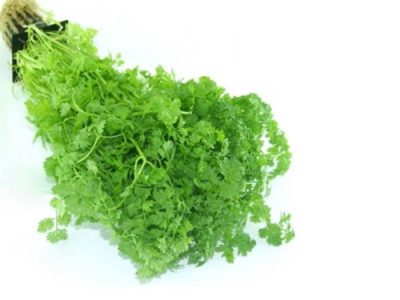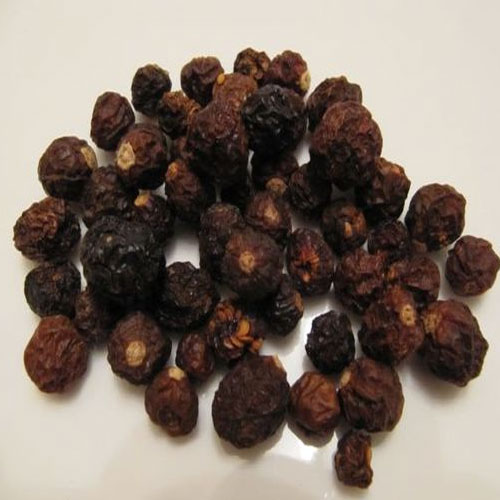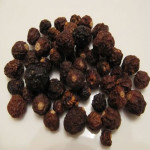

Akudjura | Bush tomato Various Uses
Akudjura AKA Bush Tomato
“Plants and trees are harmless and friendly creatures on this planet, which are surviving wonderfully under constant external threats such as forest or bush fires, storms, and gusty winds. The Wallow Fire, in June 2011, in Arizona and New Mexico, has now become the largest in history for the southwestern United States, with over 788 square miles (504,409 acres) charred so far. It is now probably in the top ten largest single wild fires in U.S history. This topic will deal with a plant named Akudjura, which is a native to many parts of Australia. The botanical name of this plant is Solanum centrale, which is an Australian food plant and a desert crop. The other common names of this plant are kutjera, Australian desert raisin, bush tomato, and kampurarpa.”
About Akudjura
This plant is lavishly found in sandy plains and dunes of arid Australia. Adudjura prefer medium texture soils. This herbaceous perennial shrub achieves a height of 45 cm. This species thrives on disturbed sites. This plant has dense hair on the leaves and stems. The flowers of the plant have both male and female organ. The inflorescence is a cyme or pseudo-raceme containing typical Solanum flowers, with a purple or mauve corolla and yellow attenuate-oblong anthers. The flowers are 8mm long with a bent stigma; however short, erect styles have been observed on some flowers. Fruiting occurs during warmer months of the year whenever the plant receives sufficient rain. Pollination is usually by flies or bees. The fruits are nothing but berries which are 1-2 cm diameter which changes color from green to yellow while ripening.
Medicinal uses
Bush tomatoes have traditionally been used in Aboriginal medicine for a variety of conditions. They are believed to help promote good digestion, reduce inflammation, and improve circulation. They have also been used to treat coughs, colds, and other respiratory ailments. Bush tomatoes are thought to have anti-bacterial and anti-fungal properties, and have been used to treat skin disorders, wounds, and infections. Extracts of bush tomato have also been used to help reduce the symptoms of arthritis, rheumatism, and other joint problems. In addition, bush tomatoes are believed to be beneficial for relieving nausea and vomiting, and for promoting healthy vision.
Various Uses Of Akudjura
-
- This plant was one of the staple foods of Aboriginals living in Central Australia.
- The delicious fruits are eaten fresh, dried on sticks or ground and made into balls.
- The whole dried fruit can be eaten quickly.
- This plant is rich in vitamin c and the fruit contains lots of waters.
- It is found that desert raisins require warm, dry conditions and lighter textured, well drained soils.
- This tomatoes can be eaten raw, cooked or made into a paste.
- This tomato is a hardy plant, able to withstand temperature extremes and long periods of drought.
-
- The best yields are generally obtained once the crop becomes established as a perennial. This plant tolerates dry and humid conditions.
Caution
When handling bush tomatoes, it is important to take caution as the leaves and stems contain oxalic acid, which can cause skin irritation and digestive issues if ingested. Wear gloves when handling bush tomatoes and wash hands thoroughly after handling to avoid skin irritation. Additionally, it is important to avoid consuming the leaves and stems of the bush tomato, as they are toxic.


